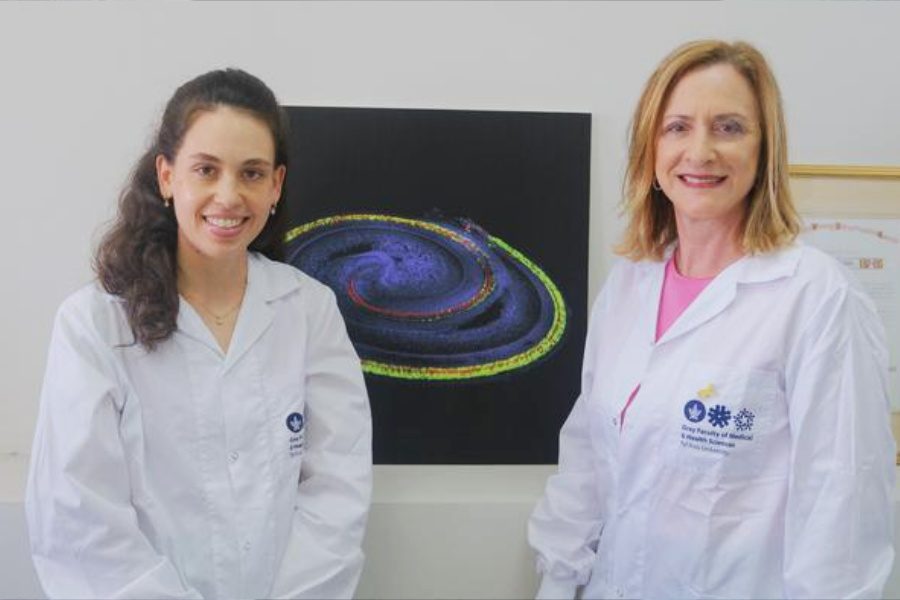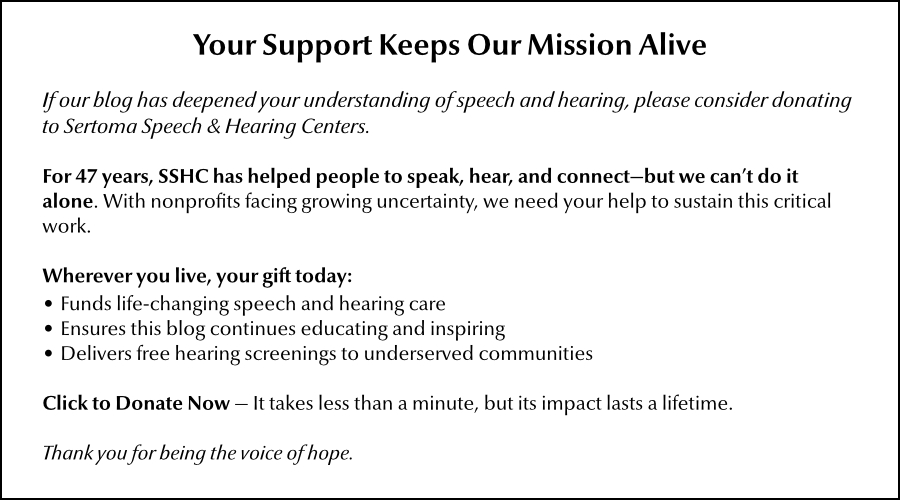Imagine a world where being born with a genetic hearing disorder doesn't mean a lifetime of silence. That future is closer than you think. Scientists from Tel Aviv University, Boston Children's Hospital, and Harvard Medical School have developed a breakthrough gene therapy to help people with hereditary hearing loss regain their hearing and balance. This isn't just another incremental medical advance—it's a game-changer for genetic disorders.
Context: Gene therapy replaces native DNA with a functional target gene sequence using engineered viral vectors to restore normal function.
Why it matters
This new gene therapy shows improved effectiveness compared to current methods, offering the potential to treat various genetic mutations that lead to hearing loss and balance issues.
The problem
Over half of congenital hearing loss cases impact critical auditory and vestibular systems. The missing solution has been a targeted therapy.
 Roni Hahn & Prof. Karen Avraham
Roni Hahn & Prof. Karen Avraham
A closer look
The researchers focused on a specific genetic culprit: the CLIC5 gene. This gene like a critical maintenance worker for your inner ear's hair cells—tiny sensory cells that detect sound and help you keep your balance.
When the CLIC5 gene is broken or mutated, hair cells deteriorate like a machine falling apart, resulting in worsening hearing loss and unstable balance that make everyday movements challenging.
In this study, we applied an innovative treatment approach for genetic hearing loss and found that it improves therapeutic effectiveness while also addressing combined impairments in hearing and balance. We anticipate that these findings will pave the way for developing gene therapies to treat a wide range of genetically caused hearing disorders. —Karen Avraham, PhD
How it works
Gene therapy uses engineered viral vectors to deliver a correct gene sequence into target cells, replacing faulty DNA and restoring normal cellular function.
The innovation: The team used an advanced viral vector (scAAV), a game-changer for delivery efficiency.
The takeaway
The scAAV vector achieved faster, more efficient gene delivery to hair cells than traditional vectors, requiring a lower dose for the same effect. In animal models, it prevented hair cell degeneration and preserved normal hearing and balance. A dramatic step against progressive impairment.
The big picture
This breakthrough isn't just another medical footnote. By treating hearing and balance problems together, researchers have opened a new door for genetic therapies. Imagine a single treatment that could help people overcome multiple challenges caused by genetic hearing disorders.


